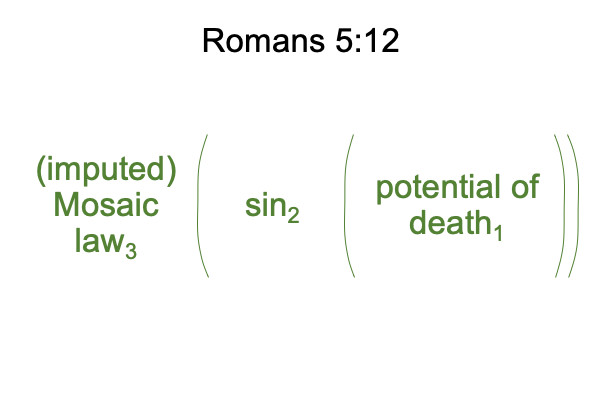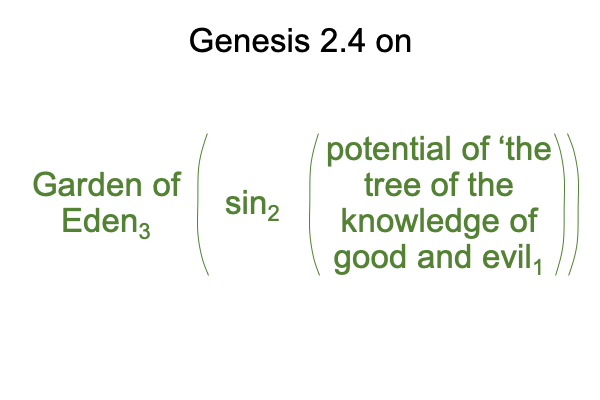Looking at John Walton’s Book (2015) “The Lost World of Adam and Eve” (Part 2 of 22)
0014 What is proposition one?
Genesis is an ancient document.
Ancient documents simultaneously express esoteric and plain-speaking aspects.
They describe things unseen, as well as things seen.
0015 For sixteen centuries, interpreters of the Old and the New Testaments wrestle with both aspects, producing the great doctrines and codifying the contradictions inherent in Christian revelation.
Then, the sixteenth-century Reformers of northern Europe lobby to jettison the esoteric components and press for plain-spoken interpretations, that anyone can perform. They do so while retaining the great doctrines.
One hundred years of plain-speaking interpretations later, seventeenth-century Europeans encounter the arguments of the mechanical philosophers. Mechanical philosophers take plain-speaking to a whole new level. The scientific and industrial revolutions follow in the next two centuries.
0017 In the nineteenth century, archaeological excavations recover hundreds of thousands of cuneiform texts from tells (or “hills”) throughout the Near East. This inspires the inquiries that inform Walton’s book. How do reformers, in their plain-speaking tradition, confront this new evidence about the ancient Near East?
Ancient documents simultaneously express esoteric and plain-speaking aspects.
The esoteric aspects address those-in-the-know. The insiders hear one aspect.
The plain-speaking aspects address those-who-are-not-in-the-know. They are not exactly insiders. They are not outsiders, either. So, they need a plain message to grasp.


